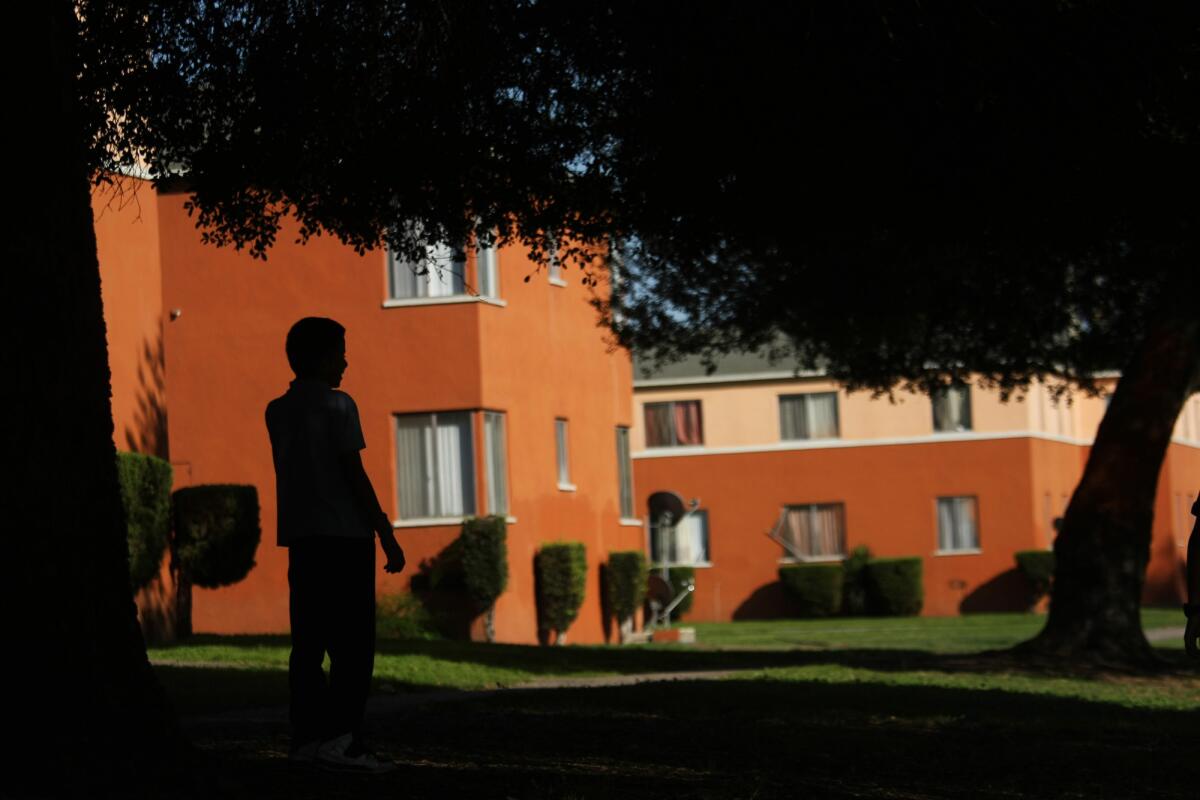Most L.A. County cities failing to protect historic sites, study finds

Most of the 88 cities in Los Angeles County are failing to adequately protect historically important structures that are in danger of being razed, according to a new study by the Los Angeles Conservancy.
A “preservation report card” assigns an “F” to 51 cities and all of the county’s unincorporated communities -- – some that made no effort to save their historic places since the group’s last county-wide assessment was completed six years ago.
Conservancy leaders said some newer communities incorrectly believe they have no historic resources, and officials of other communities have delayed creating historic preservation programs because of budget cuts tied to the recession. Still other towns, the report concluded, are failing to use protection tools already at their disposal.
Preservation report card: See letter grades for each city
Culver City, Long Beach, Pasadena and Santa Monica were among those that earned As, while Downey, La Canada Flintridge, Lakewood and Malibu are among those with failing grades.
“It’s a snapshot as to how well preservation is improving in L.A. County,” said Adrian Scott Fine, director of advocacy for the conservancy. “We want it to be used by communities as a tool so they can start assessing how they’re doing.”
Fine said Los Angeles’ grade is “A+” because of its forward thinking in the adoption of a preservation ordinance in 1962, when the city’s Bunker Hill area was being cleared of houses to make way for high-rise offices, the Music Center and more recently Disney Hall. “L.A. was cutting-edge back then, and I think it is today,” he said.
Beverly Hills went from an “F” to an ‘A+’ after a series of high-profile home demolitions. The city is now compiling a list of master architects that triggers a review process if a property owner applies for a demolition permit, Fine said.
Another city making strides with historic preservation was Burbank, which in 2008 had not designated a single landmark despite having adopted a preservation ordinance in 1994. In the last six years, though, it has beefed up that ordinance, embraced the Mills Act and created a Web page to promote its historic preservation efforts.
The conservancy also praised Calabasas for its historic preservation ordinance and its use of the Mills Act that has allowed structures built in the 1970s and ‘80s to be designated as local landmarks. Fine said youthful cities like Calabasas should “view its built heritage through the lens of its own development, not in comparison to older communities.”
Still, some significant structures fall through the cracks even when in cities that do have a historic preservation ordinance.
“West Covina has a fantastic mid-century modern church that was approved in December for a new housing development. The city failed to recognize it in under the California Environmental Quality Act,” Fine said.
West Covina earned a “C” grade on the report card.
The 32-page report card lists cities’ preservation letter grades and explains the criteria used to calculate the scores. It also outlines “elements of a strong preservation program” and offers tips that city leaders can use to improve the preservation efforts and future report card grades.
More to Read
Start your day right
Sign up for Essential California for news, features and recommendations from the L.A. Times and beyond in your inbox six days a week.
You may occasionally receive promotional content from the Los Angeles Times.







